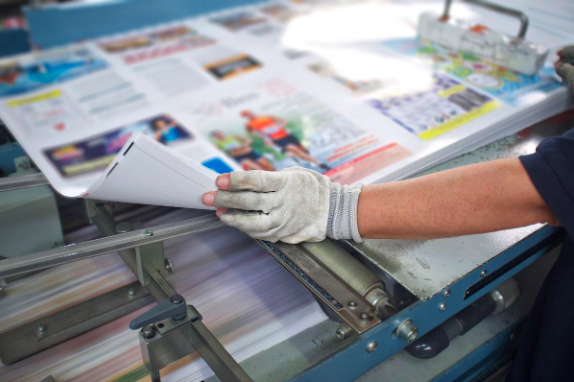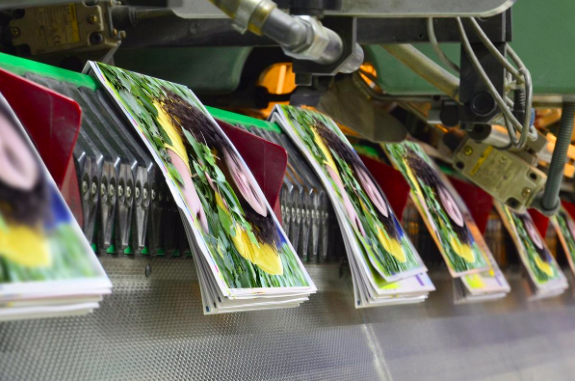Advertising: Why Use Fabric for Your Signage
by Nigel Hilton
Remaining visible among your target market is essential to get profits in a highly competitive world. One of the ways you can guarantee optimal visibility is having signs advertising your services and products placed in optimal locations. Signs have been used over the years and might not seem like much with the shift toward online marketing platforms and motion pictures. You should, however, remember that people are not online all the time to view the adverts. Signage, on the other hand, does not need sophisticated technologies and is always visible.
Many signage suppliers in the Philippines have different material alternatives for their products. Fabric is currently the most popular signage material choice. This is because fabric signs are easy to transport, look luxurious, are durable, can be washed and ironed, and are easy to install. Moreover, they handle a broad range of printing techniques and will thus allow virtually all designs and colors. Here are the fabric types used for signs:
Satin
This is the ideal fabric for posters and dyed banners. The knit of satin will create an image with hints of sheen that will prove eye-catching for your clients. However, care should be taken when transporting satin signs since they tend to wrinkle permanently. This is because they are sheerer and lighter than polyester signs. Therefore, if you want a sign that will be folded and reused in the future, satin might not be your ideal choice.
Nylon and Polyester
These flame-retardant synthetic fabrics are less likely to wrinkle compared to satin. Moreover, they are heavier than satin. This means that a simple wash will get rid of most of their creases. Nylon and polyester knits are the second most popular fabrics for retail signage after satin. Nylon is considered the more durable fabric of the two and is thus typically more expensive than polyester.
Lycra/Polyester Blend
This fabric is the best choice for those who want a sign stretching over frames because lycra has considerable give. Signs made of lycra/polyester blends are generally used in events where they can be extended to achieve an optimal effect and make them larger than retail signs. These signs are also fade-resistant and can be comfortably used for window signs and those in direct sunlight.
Acrylic
This is a transparent, tough, and flexible material that comes in various color and finish options. Although it is a durable fabric that will suffice for outdoor adverts, it is not as flexible and might thus limit the printing techniques that you can use for your signage. Acrylic is, however, easy to maintain, highly transparent, and UV-resistant.
Fabric signage might sound like a foolproof option for your advertising, and you might be tempted to handle it using in-house printers or ordinary fabric printers. However, this will only paint your brand in a poor light and make the sign look cheap. These are not properties that you would want associated with your brand by the large number of people that will view your signs. Therefore, you should get only a professional printing agency for your signs to guarantee that they work positively for your brand.



